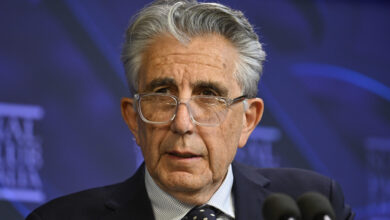Top StoriesWorkforce
Universities to raise standards for trainee teachers

Universities will be forced to raise the bar for enrolment in education degrees, and ensure that all graduates know how to teach children to read and write, and how to keep classrooms under control.
Please login below to view content or subscribe now.





